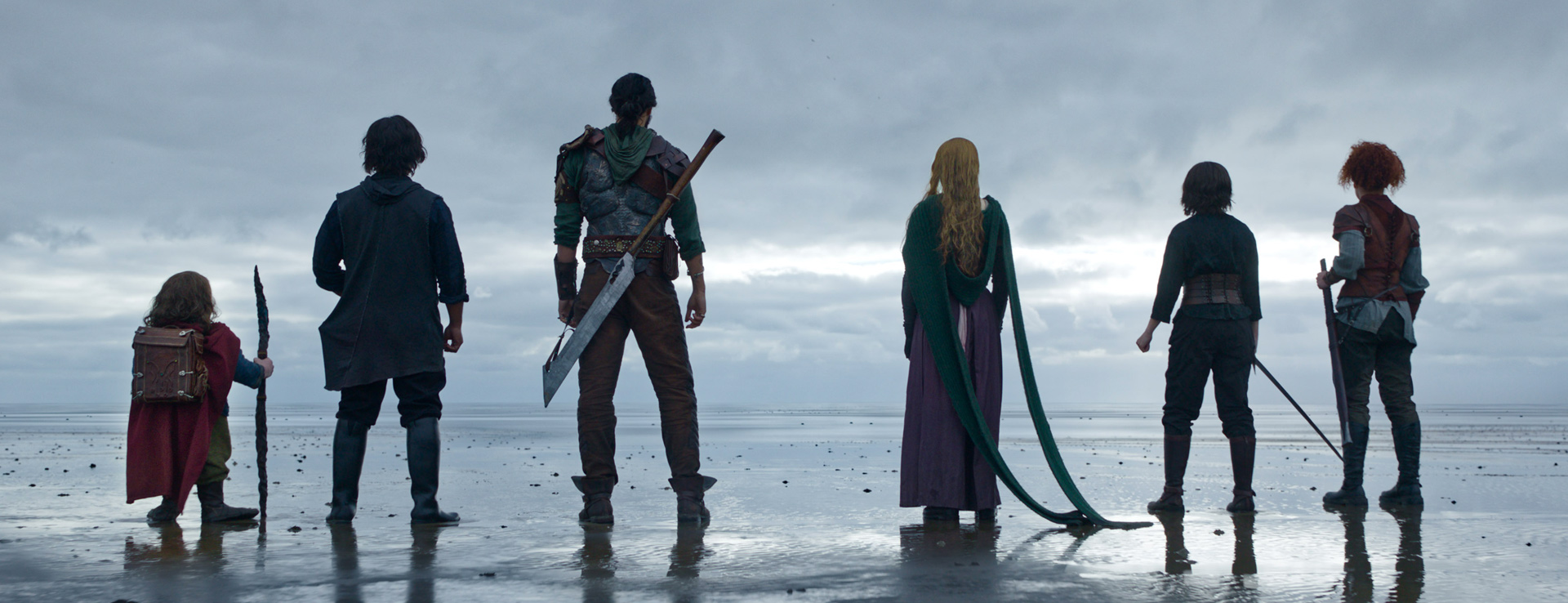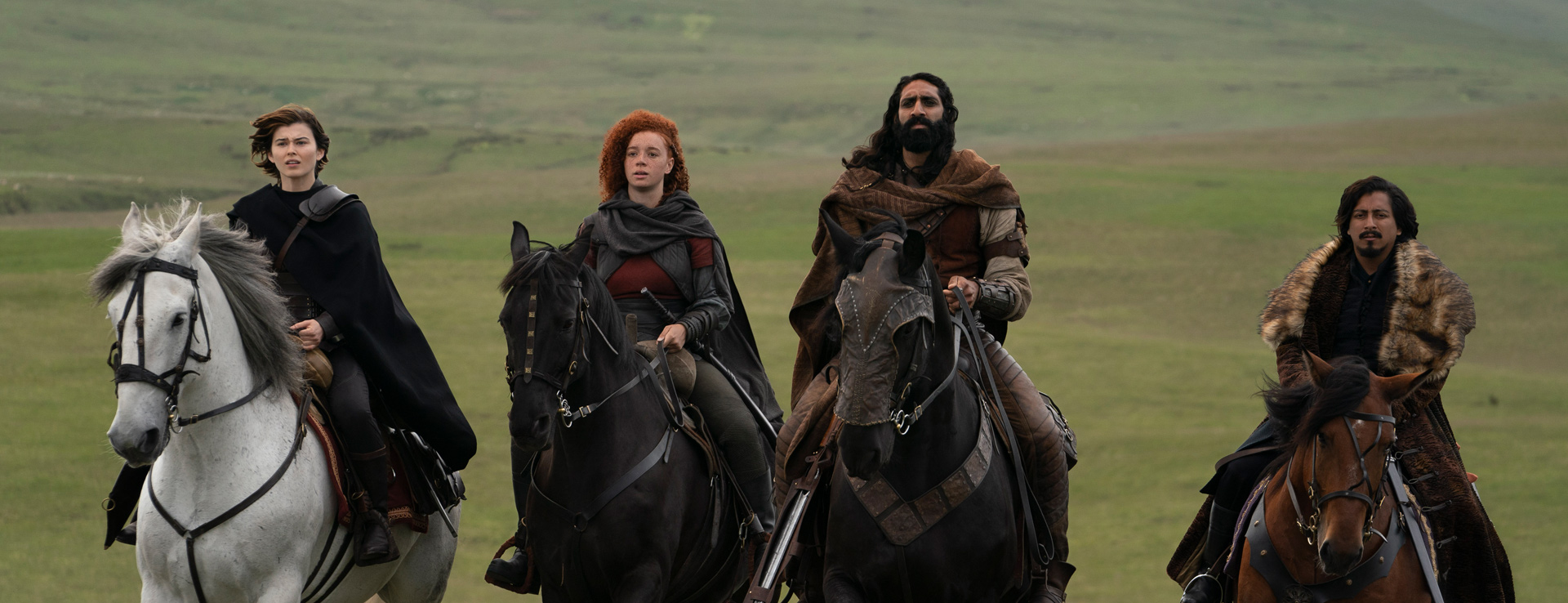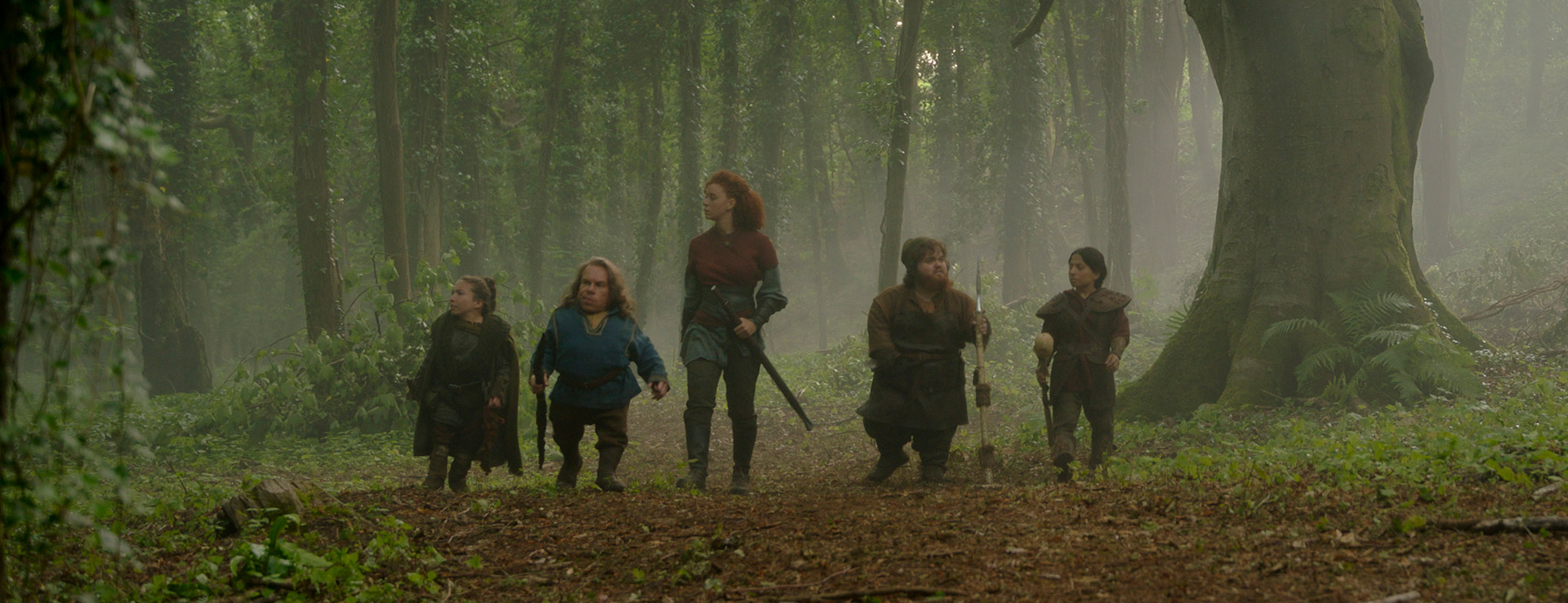Jon Kasdan’s Willow Adventure
Jon Kasdan dreamed of a Willow follow-up since childhood. It never happened, so he made one himself.
After more than 30 years, Willow is poised to cast a new spell. Willow is picking up the story of Lucasfilm’s fantasy tale years after the events of the original 1988 movie. Warwick Davis returns as the titular sorcerer, joined by the next generation of heroes as they come together to face a rising evil.
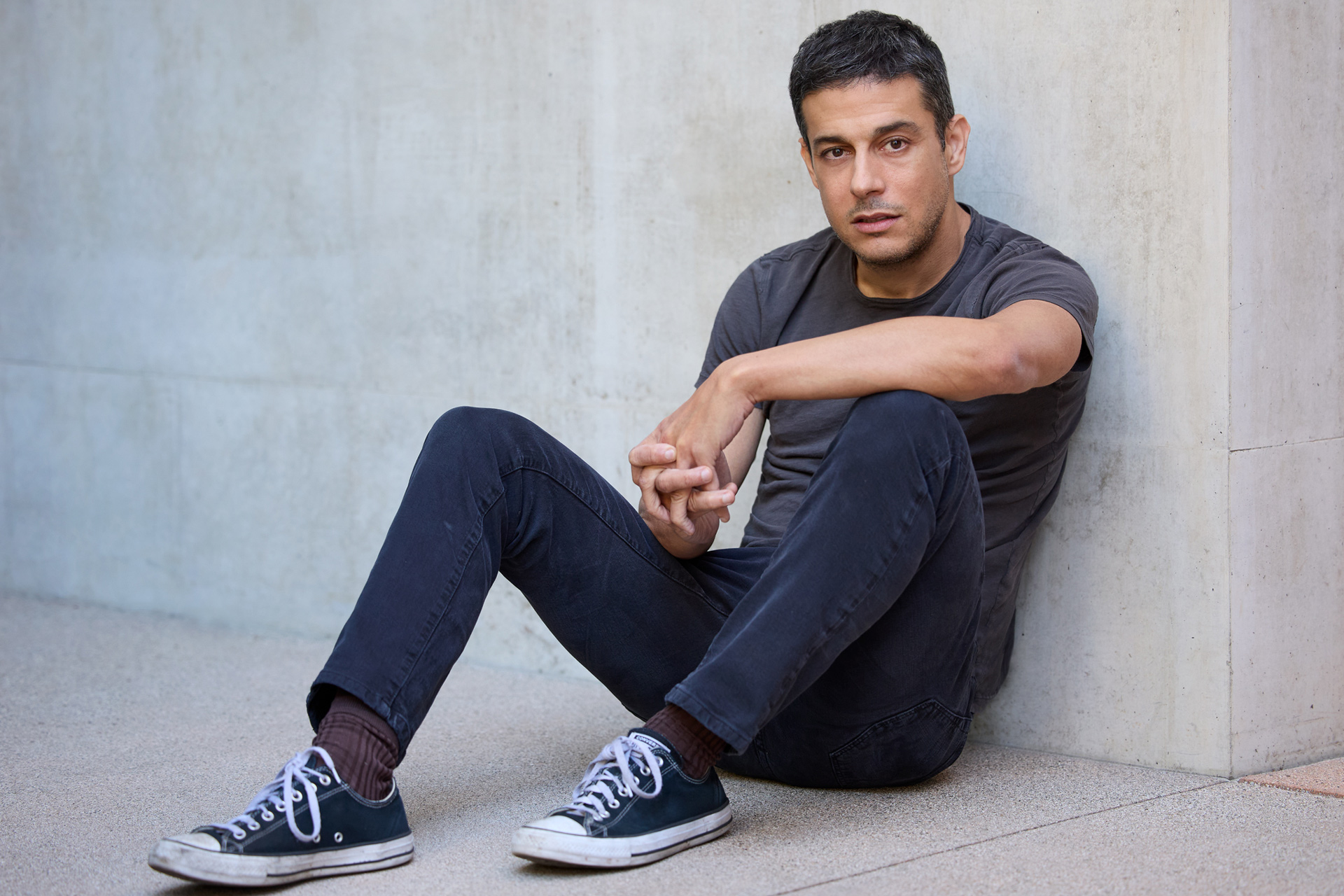
But it took some behind-the-scenes magic to get here. The existence of the show is largely due to the efforts of one longtime fan with close Lucasfilm ties: Jon Kasdan, son of Lawrence (writer of Star Wars: The Empire Strikes Back, Star Wars: Return of the Jedi, and Raiders of the Lost Ark). Kasdan collaborated with his father and Willow director Ron Howard on 2017’s Solo: A Star Wars Story and, as he tells it, used that opportunity to continue a story he loved. Lucasfilm.com spoke with Kasdan, who has guided the Willow series since its inception, about his earliest exposure to the original movie, pitching a follow-up to Howard, and keeping Willow scary.
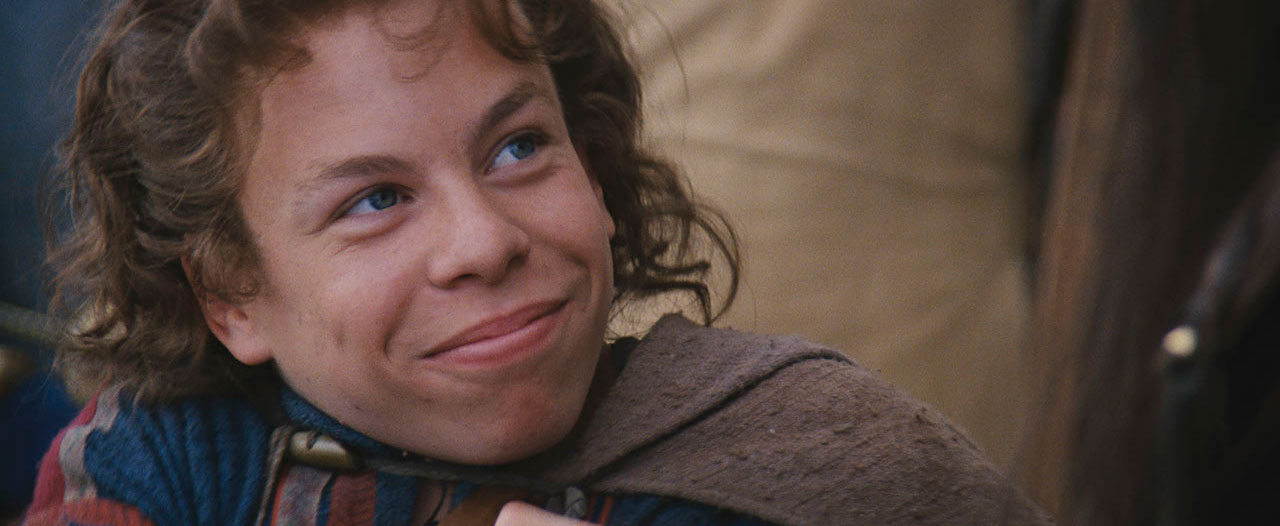
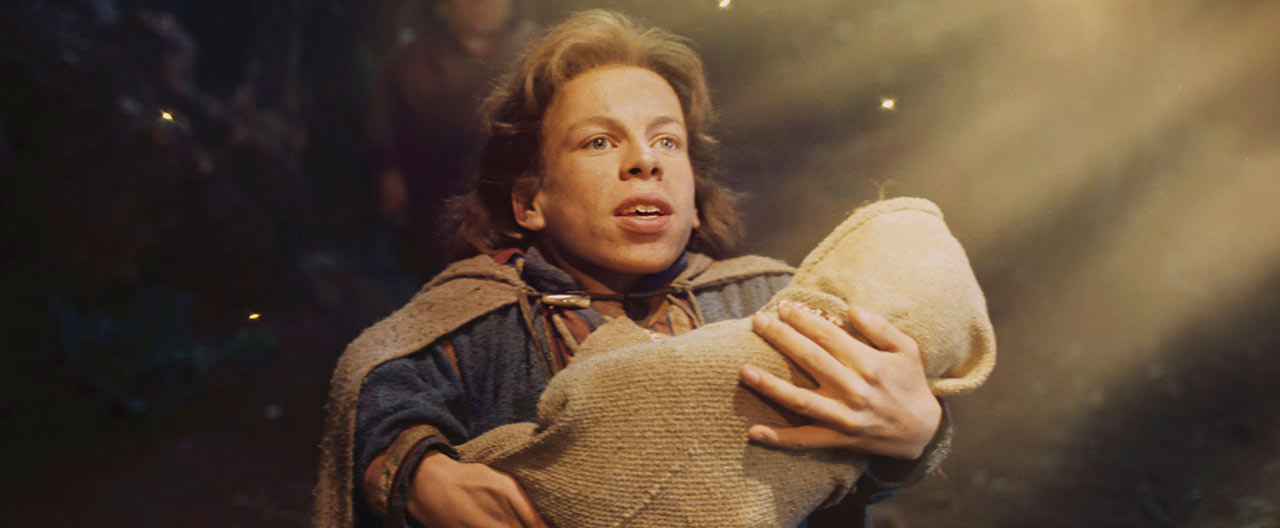
Lucasfilm.com: You’ve obviously been part of the Lucasfilm family since forever. What are your earliest memories of Willow?
Jon Kasdan: Oh, seeing it in the theater, a hundred percent. And for me it was just such a big deal because I was born in ‘79, I was eight years old in ‘88, and I was too young to just have any theatrical experience of Star Wars. But, as you could imagine, it loomed large in our house. I have a vivid memory of being in probably first or second grade, and bringing in a VHS of [Return of the] Jedi to my class and playing it on the VCR. I understood early that my dad was a part of this thing, and that it was this magical thing related to something I was really interested in, which were fantastical stories of all shapes and kind, be them earthbound adventures like Raiders [of the Lost Ark] or space stories like Star Wars or more than anything, fairy tales.
So when Willow came out, it was one of my first experiences ever of anticipating a movie. I’d seen the preview. It had scared me a little bit, and it made me kind of — I was filled with this like, apprehension and excitement to see the movie. And then actually going to see the movie was this very memorable experience of just all those feelings, basically. To be sort of terrified and sort of titillated and thrilled by the adventure I was on. And then coming out of it and having a sense, be it probably not real clear, but vaguely that the nature of Lucasfilm brands was that more stories were always to come. At that point, when Willow came out, [Indiana Jones and the] Temple of Doom had already been released, though I was too young to see it, and the full Star Wars trilogy had been released, and [Indiana Jones and the] Last Crusade was somewhere off being made. So with Willow, there was a little bit of an expectation, I think, in me that there was going to be more. And I think as I grew up and became more, in a very short period of maybe a few years, hyper-conscious of the business and how it worked, it always sort of stuck with me that this had been this joyful experience in my life and had given me all the thrills that I had expected from Lucasfilm, but didn’t continue because the movie hadn’t performed the way these other brands had.
And then in the ‘90s and 2000s, it came back a little bit because like most people, I was a huge Harry Potter nerd. I fell in love with those books and then with the later movies and all of that. And it was hard not to notice when you started reading Sorcerer’s Stone that it opened with this baby being left on a doorstep of someone who didn’t want it, you know? And I was like, ‘Well, this is almost like Willow.’ Like, if Harry were a girl, we could call her Elora Danan, and these eight stories set in a fantasy world would be about her growing up and figuring out how to use her power and be the chosen one.
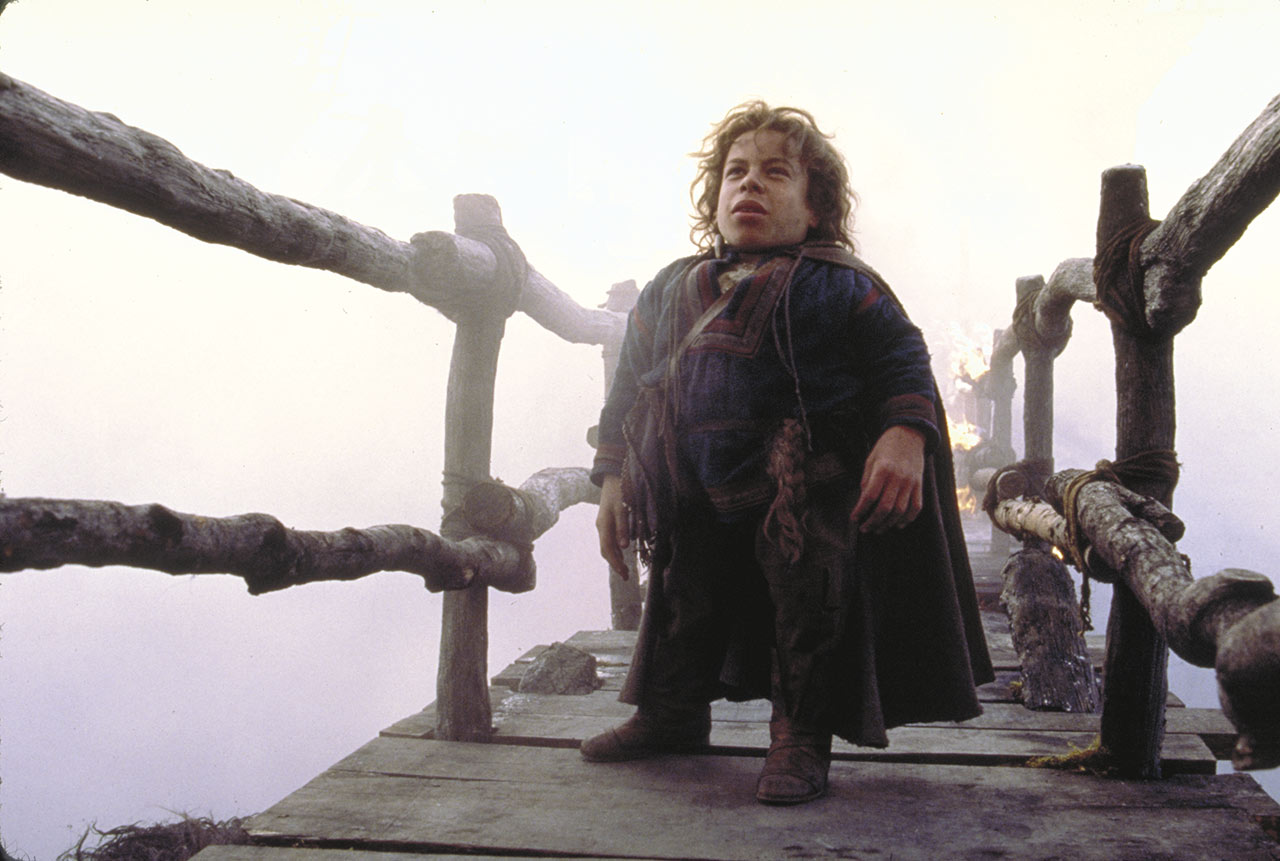
So that basic idea was in me throughout the 2000s. And then in 2012, when Lucasfilm got acquired by Disney, and then my dad got involved first with Solo, then with [Star Wars: The] Force Awakens, then with Solo, again, it always was in the back of my mind that there was this incredibly fun corner of what George [Lucas] had created that wasn’t likely to have as many hands reaching into it as all these other things did. So when the opportunity presented itself in meeting Ron [Howard, original Willow director] and having been so involved in Solo to sort of say like, “Well, is this something I could make real,” I jumped at it.
Lucasfilm.com: What was Ron Howard’s feeling about Willow all these years later?
Jon Kasdan: It’s a really interesting thing, and it’s interesting to me specifically because I grew up in a Hollywood house with a writer-director who was incredibly successful for a while, and then has had successes and disappointments. And I’ve always thought that the box office disappointments haunt you profoundly. You spend the rest of your career, like every time they’re mentioned, at least in my house, they come with a darkening of countenance and like, “Oh, yes. Dreamcatcher. I remember that.” [Laughs.] You know, the darkness. But what was so interesting about Ron with Willow is that he certainly had a little of the regret that I recognized in my father of having wished it had been more successful, but he had this other element that was new to me, which is that from the moment it came out in ‘88, people have been coming up to him telling him how much they love it. So it’s this thing of like, he’s believed in this — that this thing had its virtues despite its box office disappointment — forever. And he and George, who continue to be incredibly close, had this experience in common and kept talking about how it might continue to live.
Lucasfilm.com: You’re a year older than me, and I grew up with Willow being like, a cable movie.
Jon Kasdan: Absolutely. Or a rental.
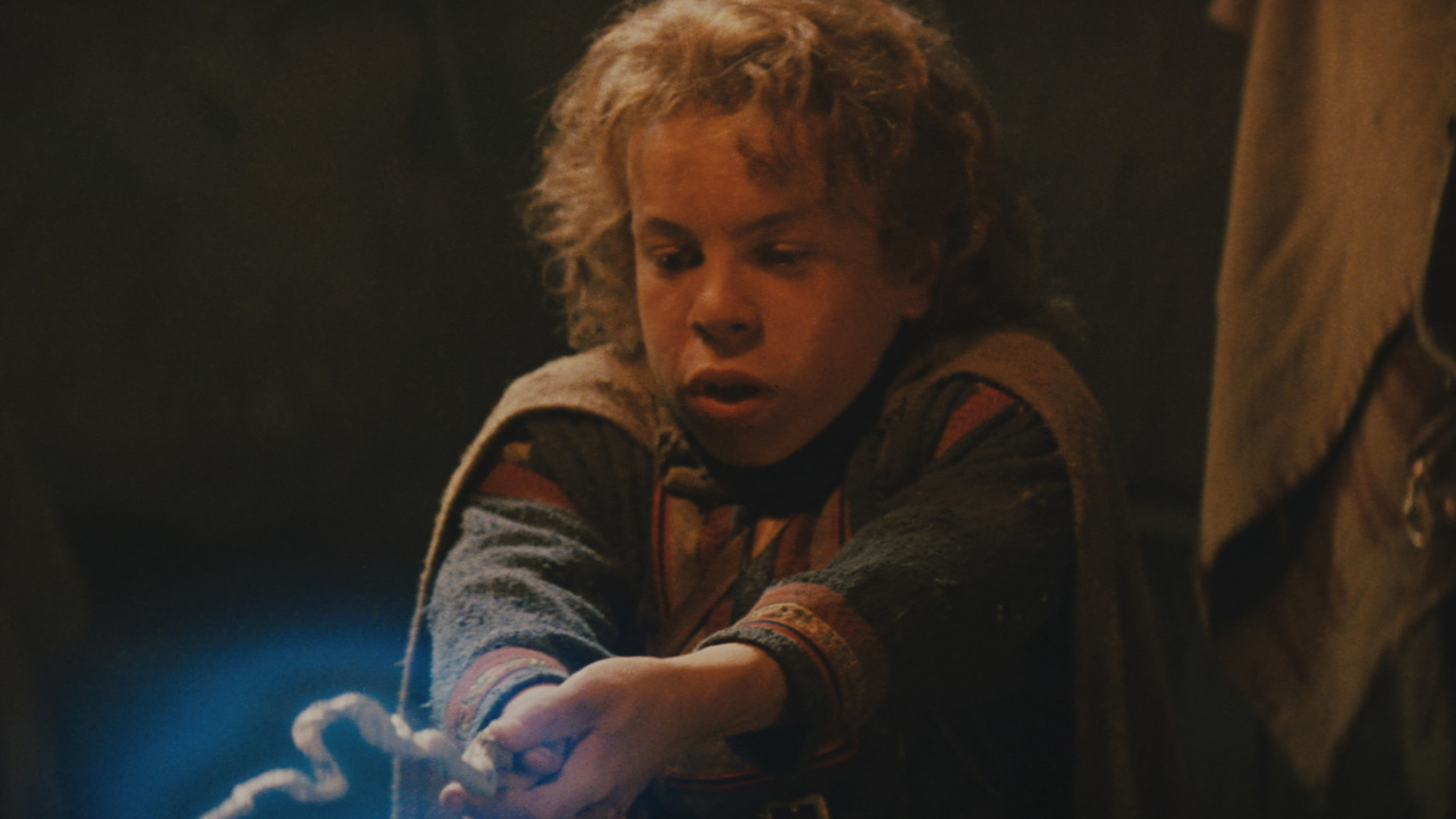
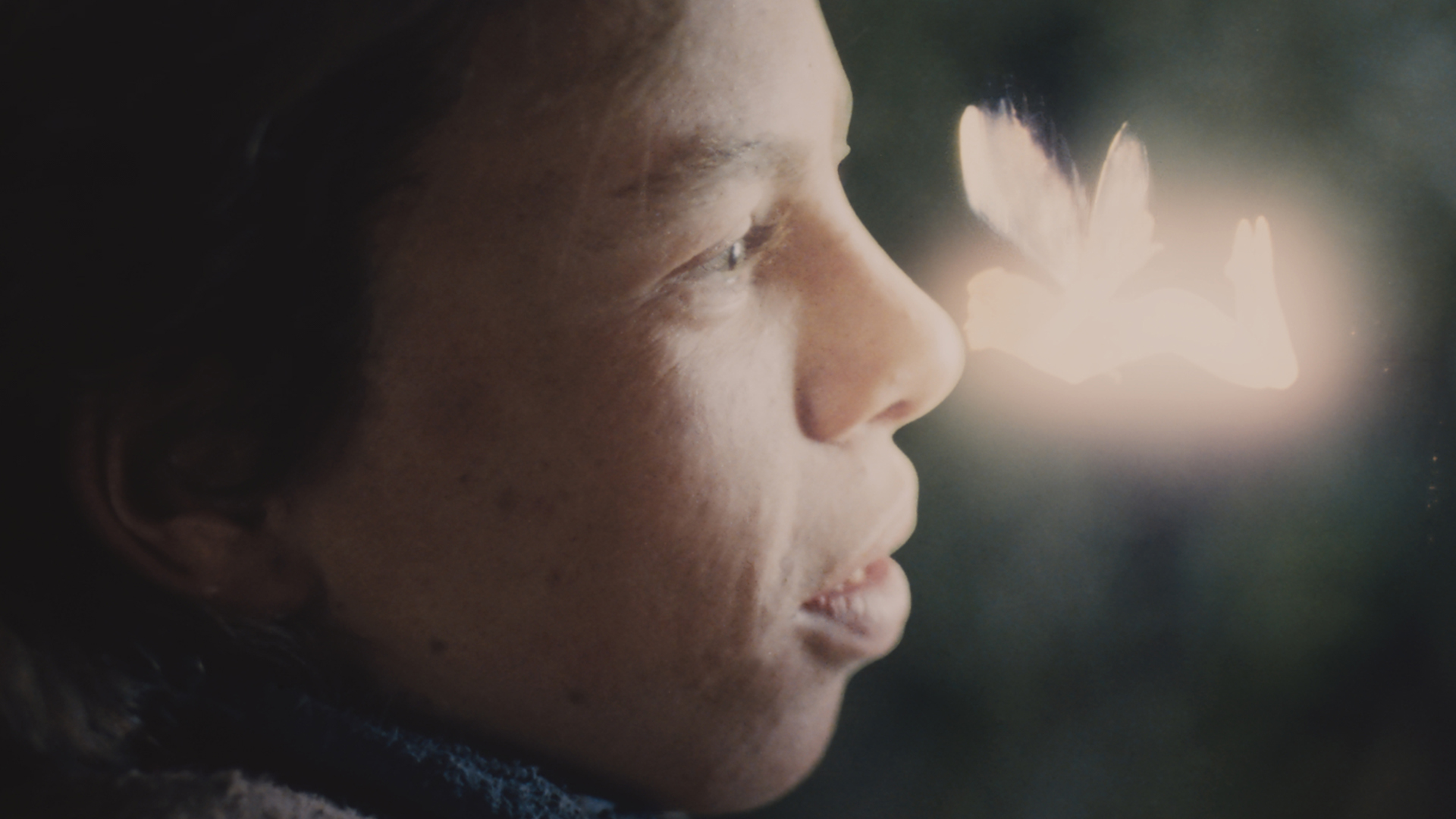
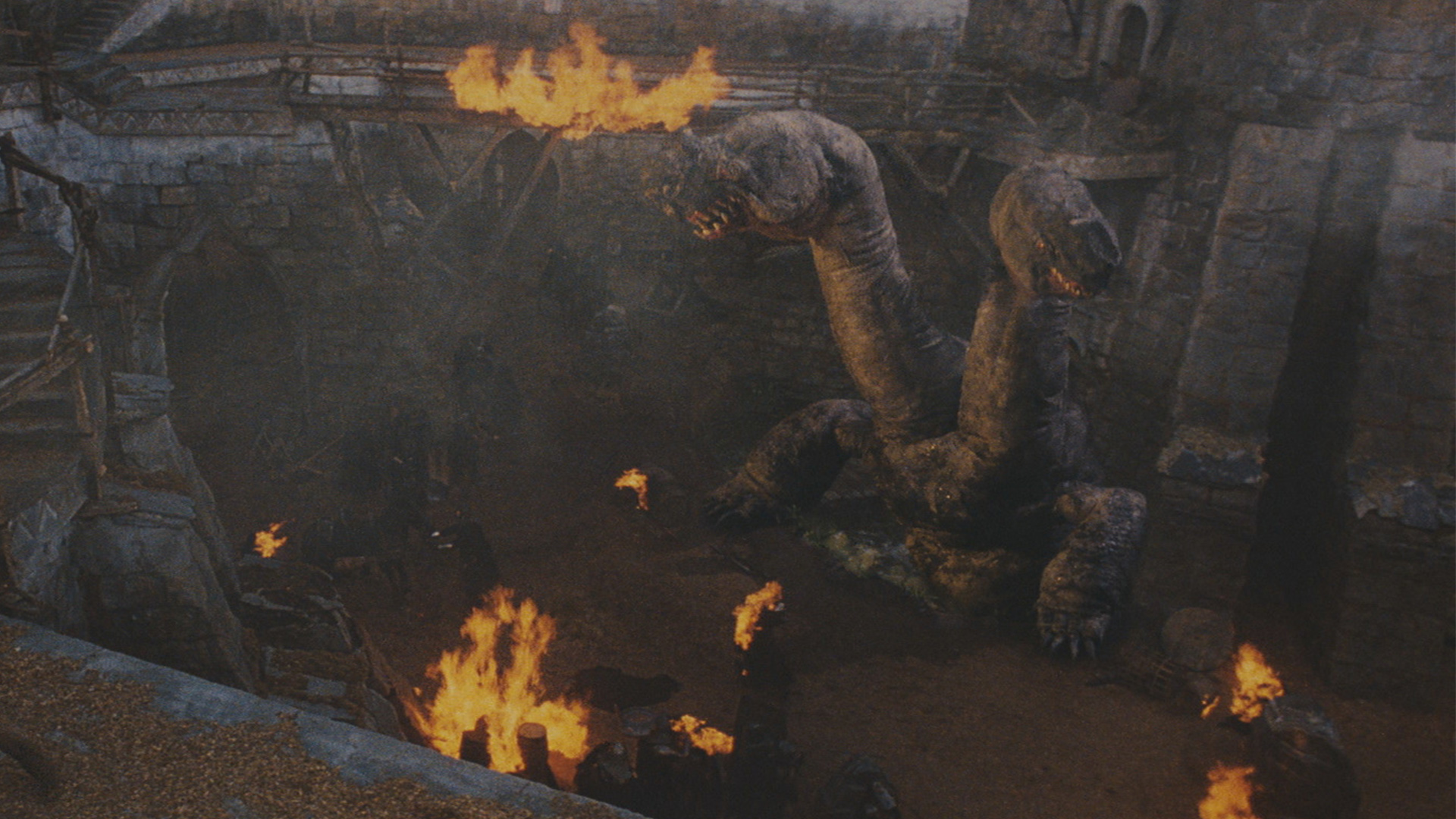
Lucasfilm.com: And it was a childhood favorite that I love. Do you think that it’s more beloved than people realize?
Jon Kasdan: I think it is. I also think it has a psychic power that people underestimate. What he did with that movie is that he created a visual language for a fantasy that was really kind of a little ahead of its time. It sort of falls into a group with Ladyhawke and with Legend and Dark Crystal, to some extent. But George and Ron, with all the tools of ILM at their disposal, did this incredible thing where they created an incredibly tactile, real world where he was in the mud and he was in the dirt, and you felt you were there. But it also contained monsters — you could make the argument that it was the apex moment of the Phil Tippett world of effects.
You know, that was when stop motion and things were sort of at their best. And certainly one of their virtues was that you never doubted that what you were looking at had substance and texture and weight. I think it had such a profound influence on kids who were children when that movie was on cable, was in theaters, was on VHS, that it had this sort of mysterious quality of like, How did they do this? Is that monster a 90-foot two-headed dragon? That fire sure is real. That courtyard’s real. And I think that even now, it’s like, I look at my niece and nephews and I see the way they react to most of the big stuff that comes out, and there’s just something built into our brains that when we see a bit of animation next to reality, no matter how fine it is, how finely rendered, we can distinguish it. So I think that what kids today don’t quite see as clearly as you and I maybe do, is there was a moment when movies were pure magic, and you could not distinguish between reality and fantasy and filmed and trickery.
Lucasfilm.com: This was something of a lifelong project for you, but when did you start really kicking around ideas for what a sequel series could be, and how did you get everyone on board with it?
Jon Kasdan: We were in the moment when Ron stepped in to [direct] Solo, and it was a fraught moment. Emotional for everyone involved, and everyone was pained at the fact that this was happening. But Ron showed up at a serendipitous moment, at least for Warwick Davis. We met over breakfast one day, and my father and Kathy [Kennedy, Lucasfilm president] and I were sort of asking him to come in and help us out on Solo, and we were in a really tough spot. And it was clear that he was very ambivalent about that, as anyone would be of stepping into a movie that was already deep into shooting and all of that.
As the breakfast was ending, and I could see that he was not going to come in and work with us on Solo, I figured I wouldn’t see him again anytime soon. So I took the opportunity to say like, “Listen, I’m a huge Willow fan. I love that. And I’ve been telling Kathy, I think we should do more.” And something in his demeanor shifted. He had had that same thought clearly, and perhaps even had thought about raising it in this moment with Kathy. So to hear me say it sort of shocked him and surprised him. And then he conceded that he would read the Solo script, and then the rest became history. We spent the next nine months together making the movie and talking about what we could do with Willow.
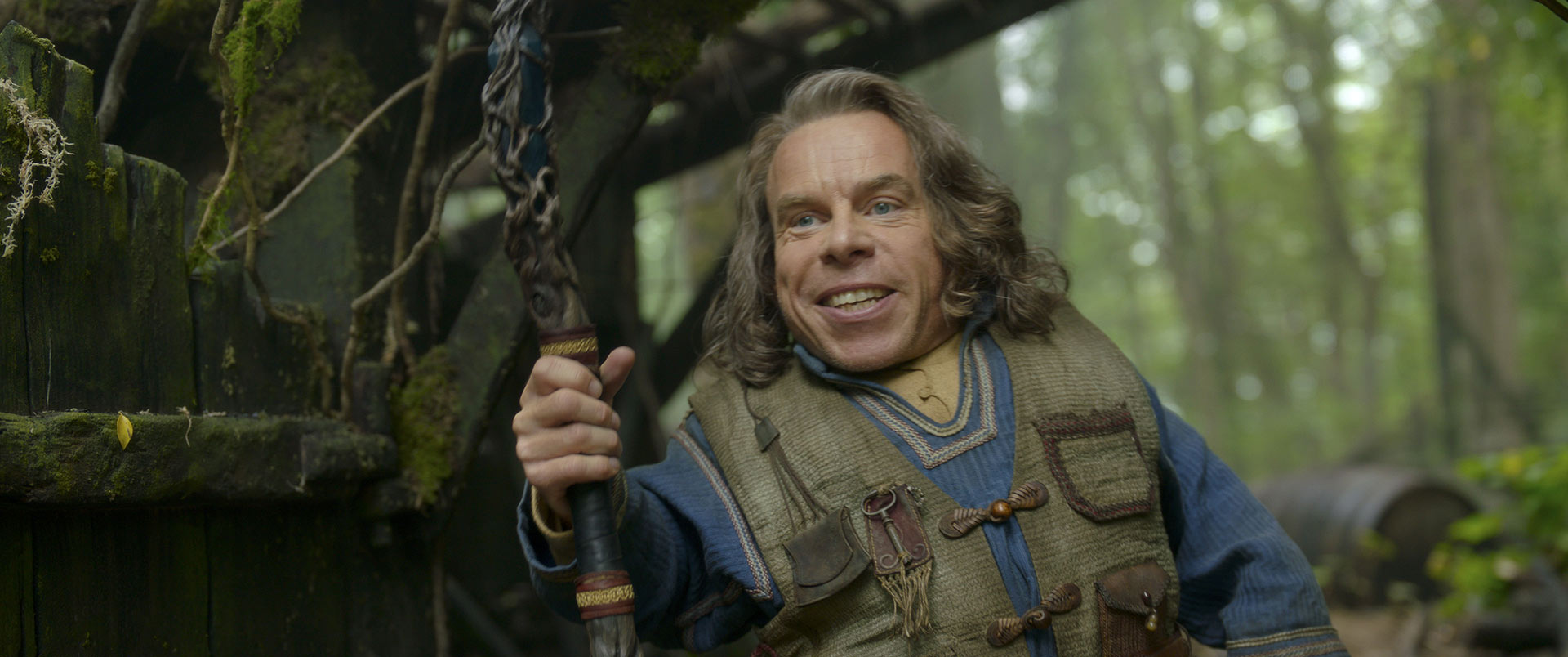
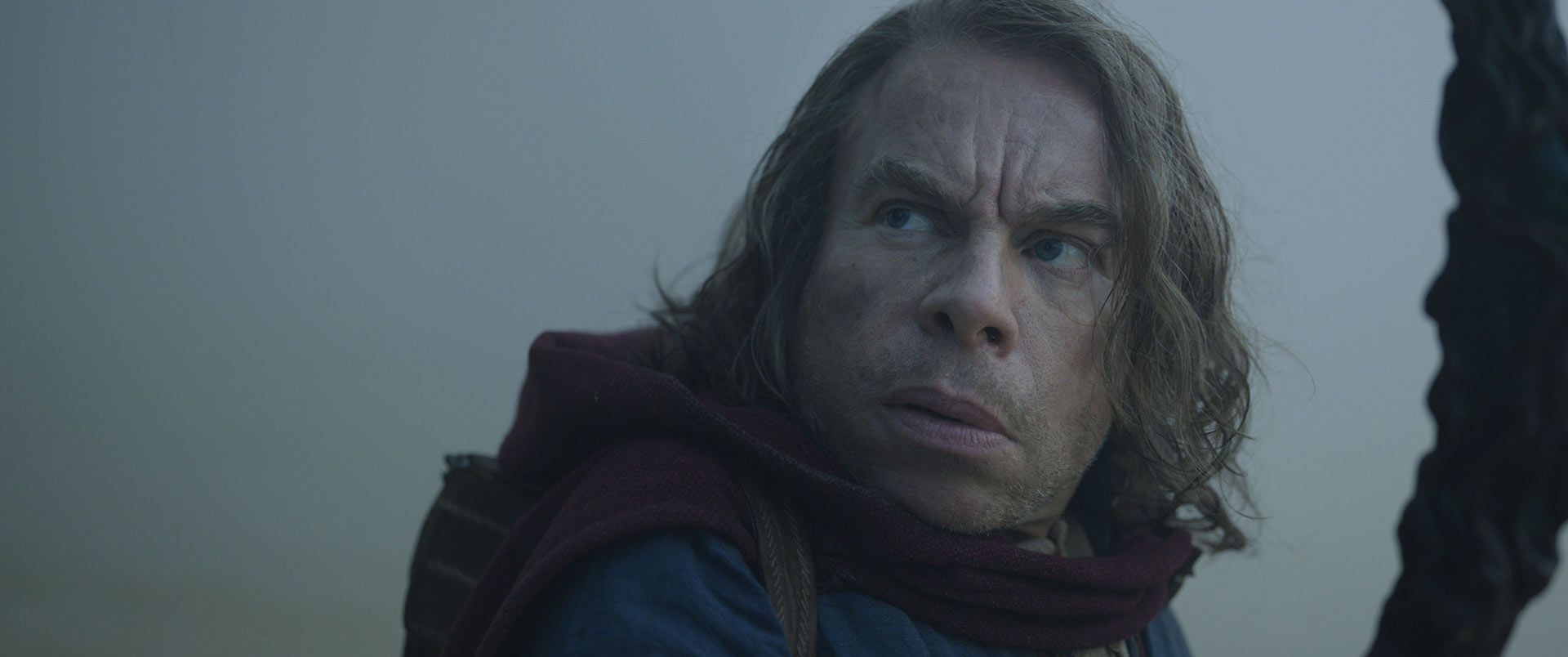
Lucasfilm.com: Wow. And what about Warwick Davis?
Jon Kasdan: The thing that I cannot recommend to you enough, and has much more value than interviewing me, is there’s an episode of Warwick’s series that he did with Ricky Gervais called Life’s Too Short, where Val Kilmer comes to London and they plot a sequel to Willow. So it’s top of mind for Warwick ever since [the movie was released], and I think that as much as Ron has heard throughout his career how much people like the movie, Warwick has had that experience tenfold, because everyone who sees him associates him with this character.
Likewise to Ron, we met during the making of Solo. He came back to reprise the character he’d played in [Star Wars: The] Phantom Menace, [Weazel]. And we wanted that character to be a member of Enfys Nest’s gang. In fact, I specifically wanted him to be in Enfys Nest’s gang, because I wanted to meet Warwick because I was a Willow fan. My dad, who has no relationship to the prequels, was like, Who? What? I’m like, “Just trust me. I’ll type it in. It’ll be fine.” [Laughs.] And then nine months later, we found ourselves in the Canary Islands together, and I introduced myself to him and told him what the movie had meant to me, and told him I’d hoped that this was something that Lucasfilm could explore in its Disney era. And he, likewise, was much more interested in me as a person after I said that. [Laughs.] We talked a lot about it and we continued to stay in touch after we wrapped Solo about this possibility. And he would say, “How’s it going on making Willow happen?” I was sort of off in other Lucasfilm stuff for about eight months or six months. And then the moment that thing evaporated, Ron and Warwick were like, “Okay, great. Now you can focus on Willow.” And I have ever since.
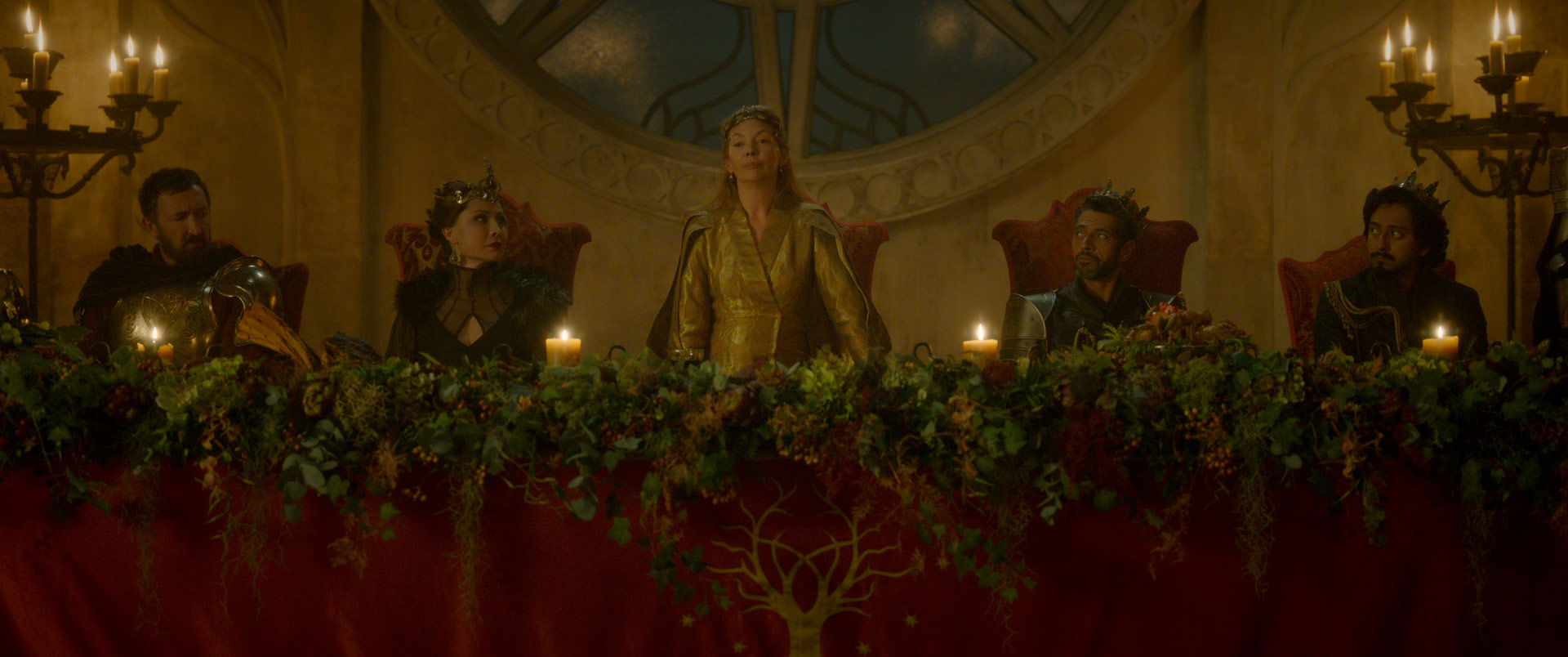
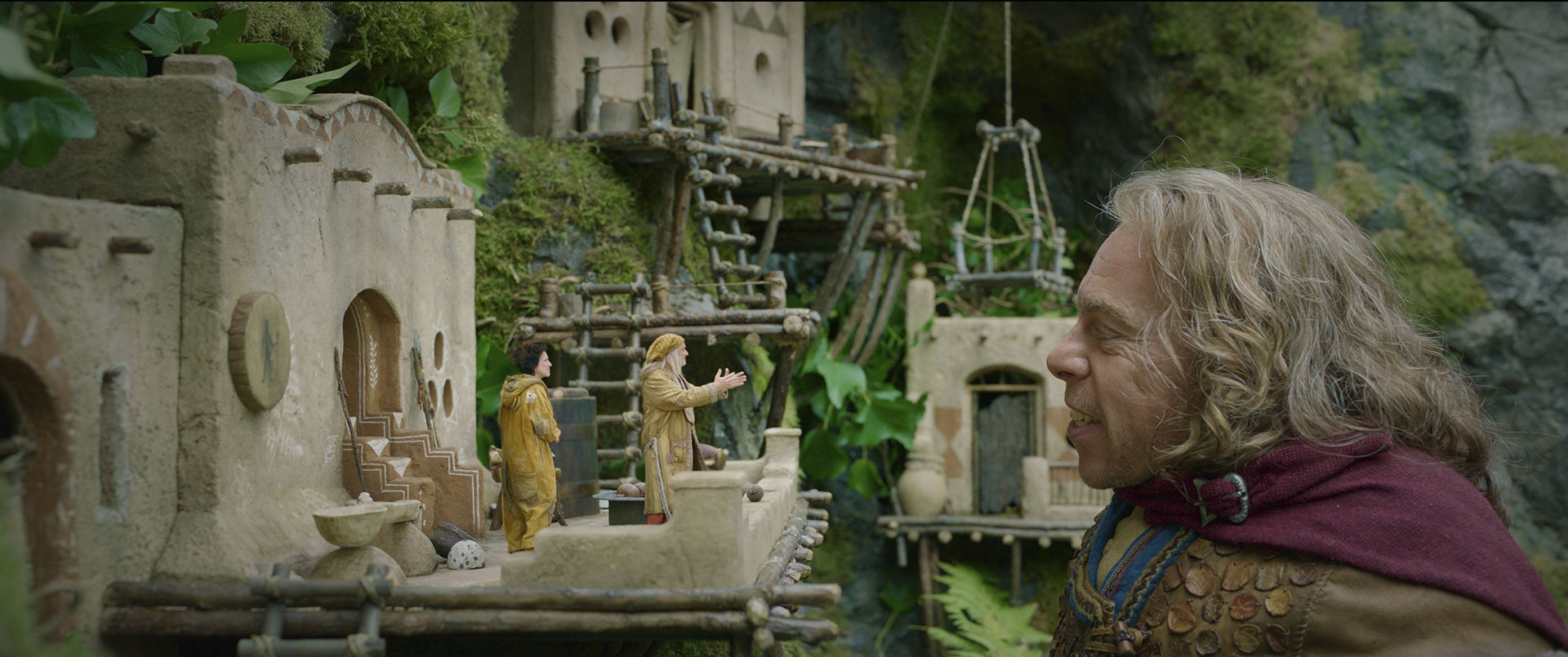
Lucasfilm.com: When the trailers came out, it was really exciting to see Warwick and Joanne Whalley as Willow and Sorsha again. What was it like the first time they were on set in costume, for you and for everyone else?
Jon Kasdan: Well, the first time I saw Warwick in costume was in his first fitting, which was at Pinewood [Studios]. We put him in what is a modern sort of redesign, but faithful to the silhouette of the original costume. We wanted you to know that when you saw Willow, you were going to get the Willow you knew and loved. And when he walked out in the costume the first time, I instantly teared up because there’s something so profound about seeing something from your childhood brought back and, you know, times a thousand when you’re responsible for bringing it back. It’s akin to time travel or some sort of nostalgic voyage. So it was incredibly emotional for me. And then the first day that Warwick actually shot was his most intimate scene with Joanne, which is in the second episode. And he was nervous, and I was nervous, and I was excited, and Joanne was as cool as a cucumber and took us all through it and was the glue, really. She’s such an amazing woman, and so poised and elegant and smart and ethereal, that we both needed her that day and she was heroically great.
Lucasfilm.com: What can you tell us about cracking the story and the overall plot?
Jon Kasdan: One thing that Ron and I — in those nine months of working on Solo and talking about this and starting to formulate it — knew was how we wanted to tell the story. As I said, it was always going to be Elora’s journey. She was, in our estimation, the Luke Skywalker of the Willowverse. We’d meet her as a baby in the movie, and then we’d come back to her 20 years later, and Willow would be tasked with training her to do this. There was almost no conversation around that idea. We all knew it was so inherently what the story would be, that it was mainly about how we got there.
One thing that we came up with very early on, I think on one of our commutes back from Pinewood, was this idea that it could be a little bit of a three-card Monte game, and that the one thing that would be fun about this prophesized child is that she would be hidden away to protect herself. And that one way that she could really be protected is if even she didn’t know who she was. That, again, felt very organic to the universe of Willow and the story we were telling. We thought, “Well, if we opened the pilot with that, and at the end of it, she’s told who she is, that would launch us into a story.” The element that, again, organically emerged, is she needed a foil who was as good a foil to her as Madmartigan had been to Willow. Madmartigan’s child felt like the right place to go with that. An antagonistic relationship that could grow and blossom between the daughter of this great warrior and this girl who that great warrior had protected felt like a thematic thread we could carry all the way through.
Lucasfilm.com: And what about developing this new generation of heroes and figuring out who they would be?
Jon Kasdan: A lot of it was very intuitive. Val [Kilmer] looms so large over this story, and what he brought to it was so singular that we never really thought that any one person could replace him, you know? So what we wanted to do was surround Warwick with a group of fun characters that would all bring some new quality, and that they’d be as contemporary to 2022 as Val was to 1988 in 1988. Sort of out of place in a fairy tale then, because he was totally a presence of that time. And we wanted to do that again with Warwick and give [the audience] characters that felt they were of this time and were accessible to audiences today.

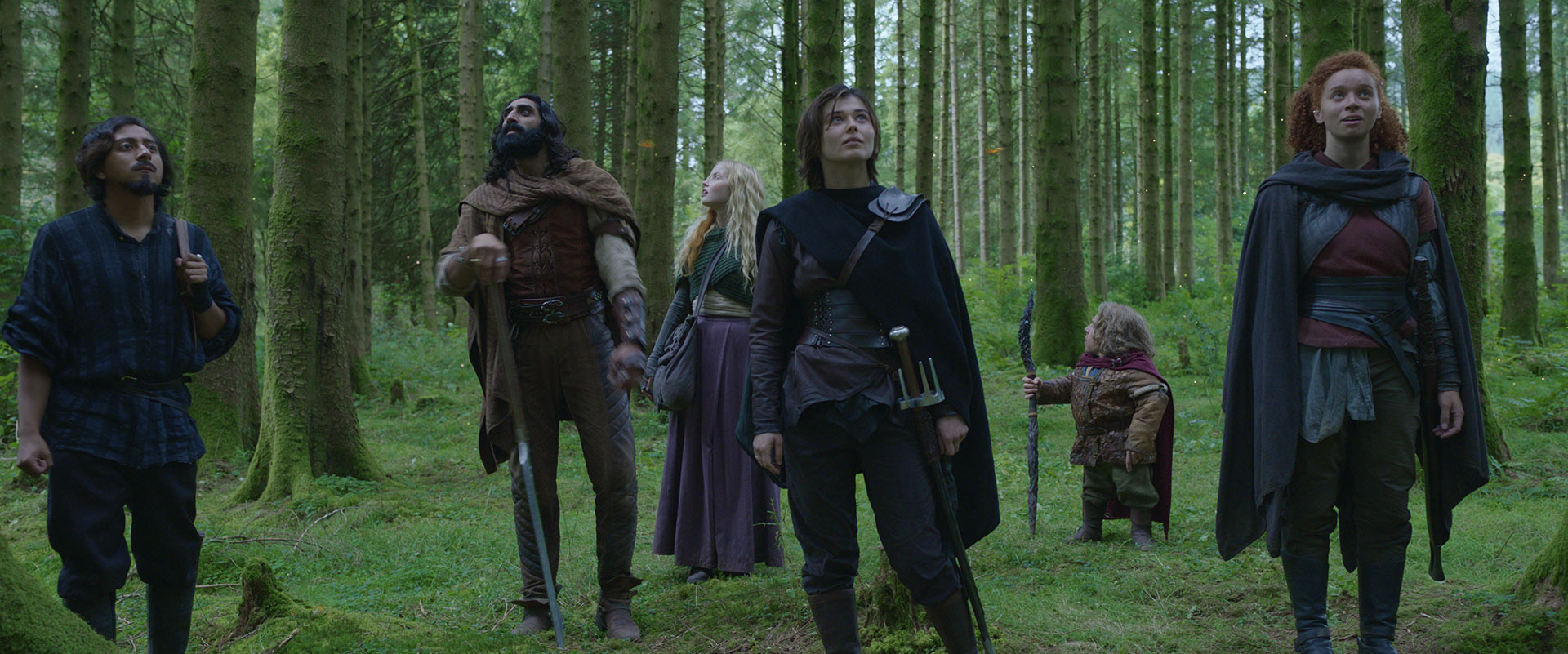
When casting Boorman, for example, Amar Chadha-Patel was among many people who auditioned for a very swashbuckling, Jack Sparrow-type character, but made a strong case that he brought something truly different to it. And he was absolutely correct and proceeded to put on 60 pounds of muscle and become this incredible physical presence, in addition to this ingenious comic presence. It became the right way to continue the spirit of what Madmartigan had done, but to do something different.
Likewise, Kit and Jade sort of emerged in the configuration of trying to set up some characters that we were deeply invested in, but thought maybe could be Elora Danan. Ron and I were working at the time with Erin Kellyman as Enfys Nest, and she seemed like a no-brainer to be placed in that three-card Monte game of who it could potentially be, because she had this flaming red hair and this so-original look, and then also was this incredibly soulful and interesting actress, who brought something very new to the thing. Kit was meant to feel like the teenage heart and soul of the show, which is just like, someone who is frustrated and angst-filled and rattling on the bars of the cage of her life, and gets an opportunity to see what it would be like if she didn’t have to follow her mother to the throne, but got to follow her father into adventure and swashbuckling, and where that would lead her, ultimately.
Lucasfilm.com: I always felt like Willow brought an attitude to the fantasy setting.
Jon Kasdan: Well, that absolutely was our main goal, to have it be unabashedly fun and irreverent and joyful. I mean, the other thing that, for me, did that perhaps even more expertly than Willow was Princess Bride. It just brought a tone and sound to fantasy that I’d never heard before, that spoke to me so much as a kid, to my sense of humor, to my taste. And Willow had the same thing, and it was so formative to my ideas of these archetypes of heroes and villains and all this stuff, that we wanted to make sure that the tone of the series continued that, and it informed our casting. It informs me as a writer, because I’m a total smartass sort of guy throwing popcorn at the screen. [Laughs.] So it was a naturally fitting tone to slip into. And also, the thing that I think I’m proudest of about Solo is that it was born with the intention to be sort of a buoyant, fun, bouncy Star Wars movie.
The combination, ultimately, of [original Solo directors] [Phil] Lord and [Christopher] Miller, and Ron and my father and I, I think we achieved that tone totally. Ron and I really wanted to carry it onward with more storytelling. We found a rhythm that sounded good to both of us, and a good collaborative pitch. It really did just go straight into this.

Lucasfilm.com: One thing I always loved about Willow was that it was scary in parts, like a lot of ‘80s children’s movies.
Jon Kasdan: It’s the first thing I think of with it. More even than the humor, than the heart, than any of it, is just the how scary it was.
Lucasfilm.com: What has been your approach to [scares] for the new series?
Jon Kasdan: It’s a great question, and it’s been central to my entire thing, which is like, so if that was scary to me in 1988, I have to try to figure out what would be scary to me now. [Laughs.] And I’ve been trying to keep upping the ante of the horror-fantasy element of it, because that is a genre that I love, which is where fantasy meets horror, and specifically with the [H.P.] Lovecraft universe of ancient gods and cosmic horror. I think the reason that I’m such a Lovecraft nut is because there’s an element of existential horror — the fundamental thing that makes his work so effective is that it all boils down to, “We are insignificant in the universe. We are a speck floating on a vast dark sea, and forces way beyond our control are constantly determining our fate.” He wasn’t a particularly strong teller of characters, or satisfying adventures, but he was the greatest communicator of that feeling, maybe that ever lived. So I wanted to infuse the show with a little of that existential dread and what does ultimate evil look like? Maybe it’s indifferent to even the existence of human beings. So the journey of the first season is all a long journey to some sort of unfathomable darkness that they have to either be able to live with or fall to.
Lucasfilm.com: As long as no one gets turned into a pig this time, I’ll be okay.
Jon Kasdan: No. Although, if you’re a fan of the pig reference, then you’ll be satisfied. Put it that way. [Laughs.]
Lucasfilm.com: Fans of Willow have been waiting over 30 years for the story to continue. Is there anything you want to say to those people?
Jon Kasdan: Oh, man. Only that I’m one of them and that it’s been the great joy and privilege of my life to, as a fan of Willow, spend these last few years making that particular dream come true.
This conversation has been edited and condensed for clarity.
Dan Brooks is a writer and the senior editor of StarWars.com and Lucasfilm.com. Follow him on X at @dan_brooks and Instagram at @therealdanbrooks.

